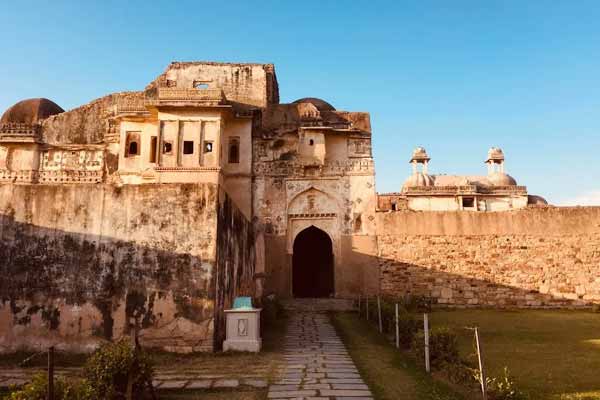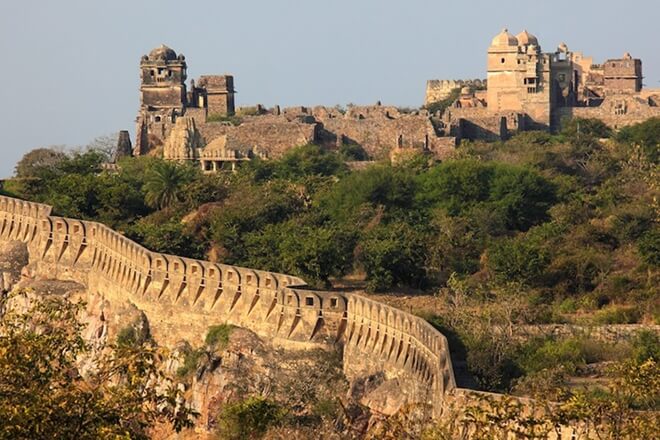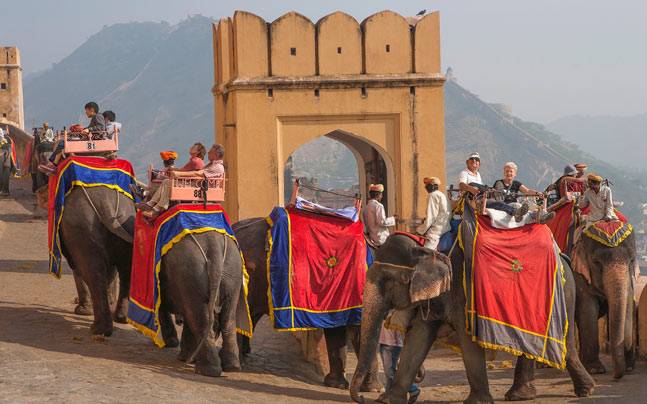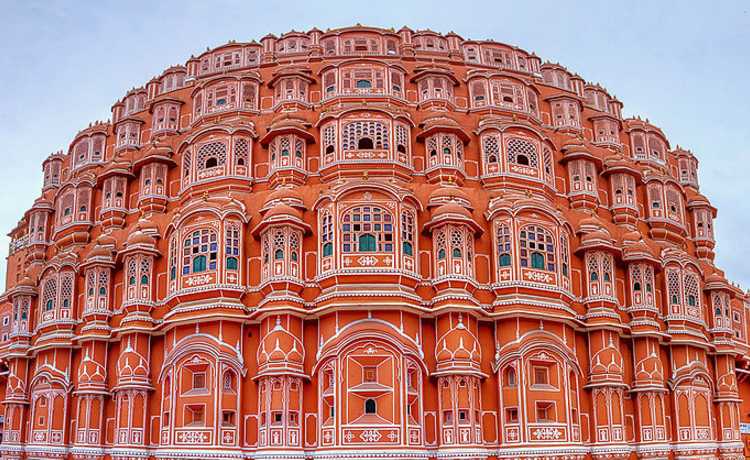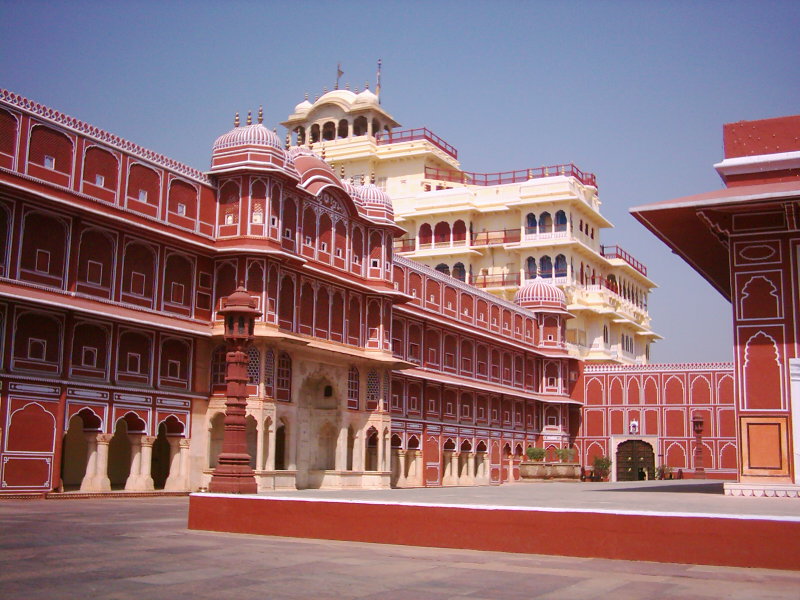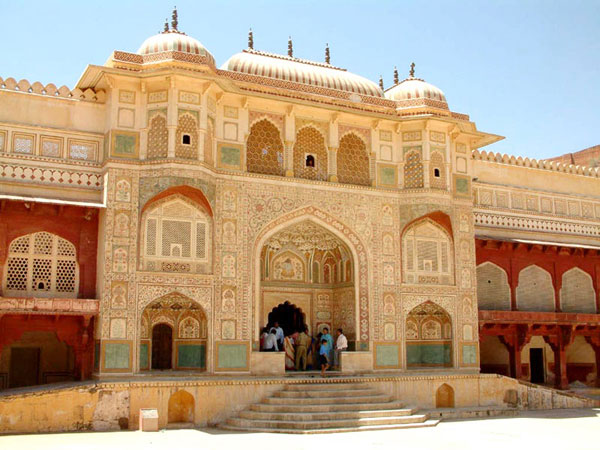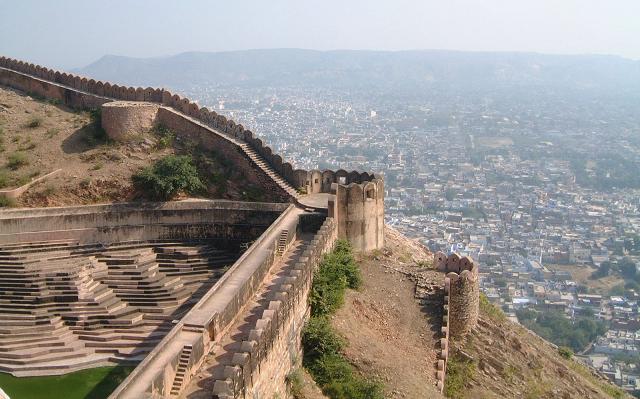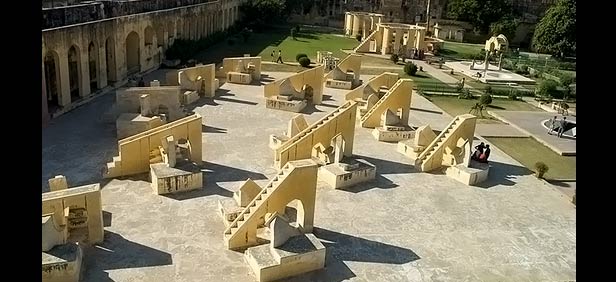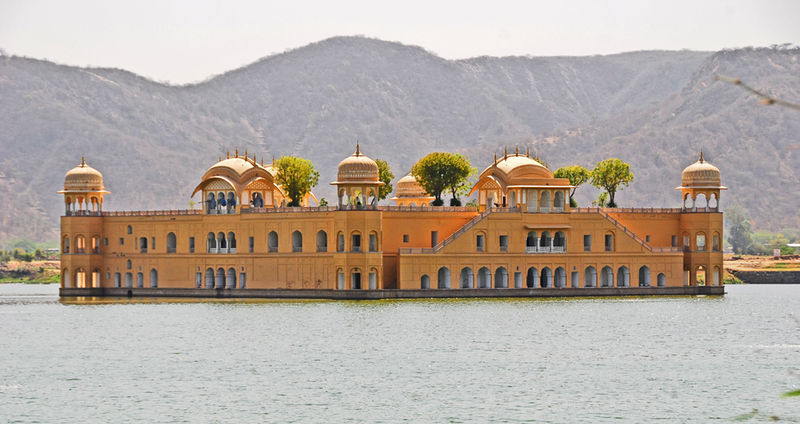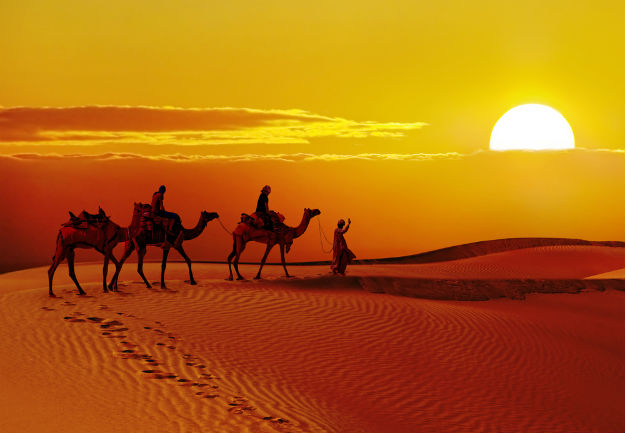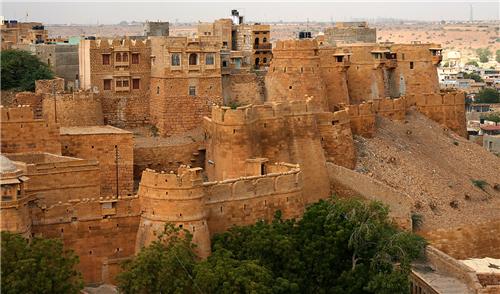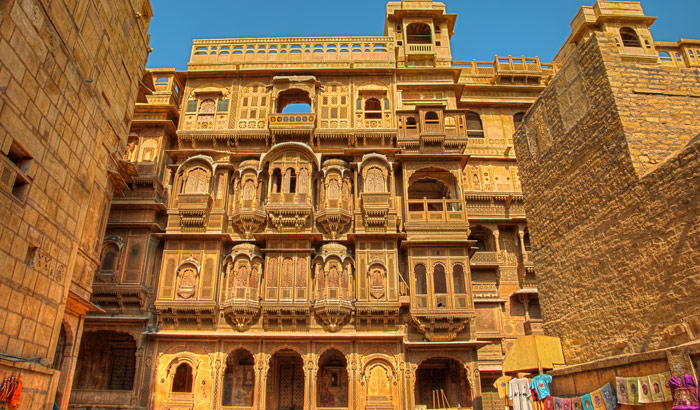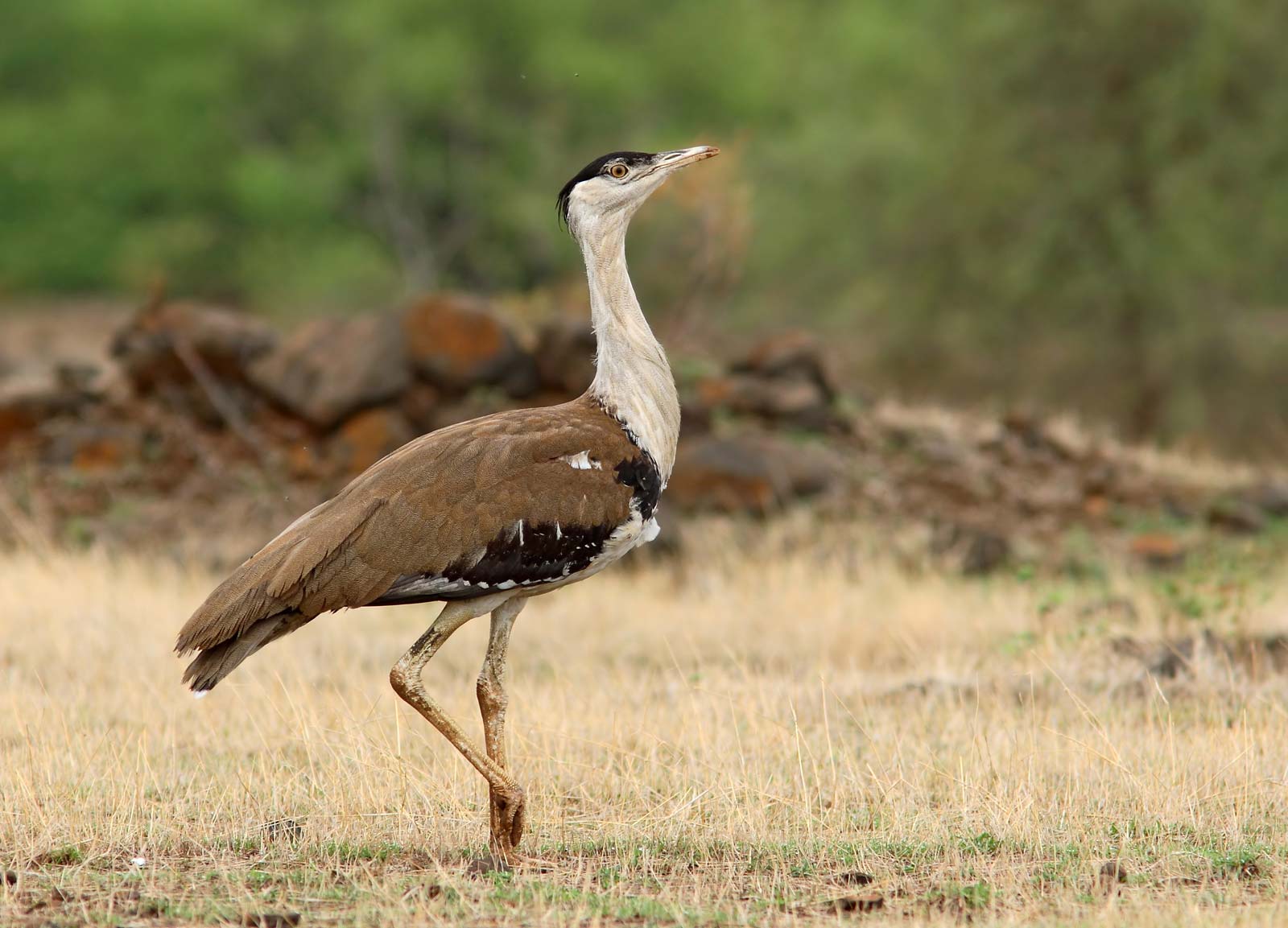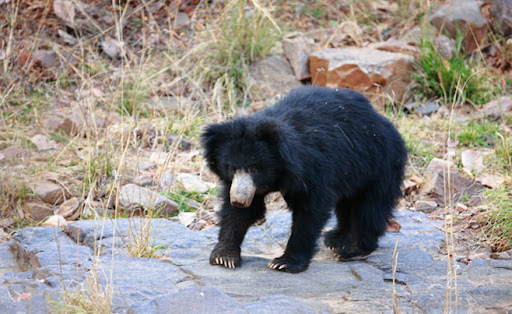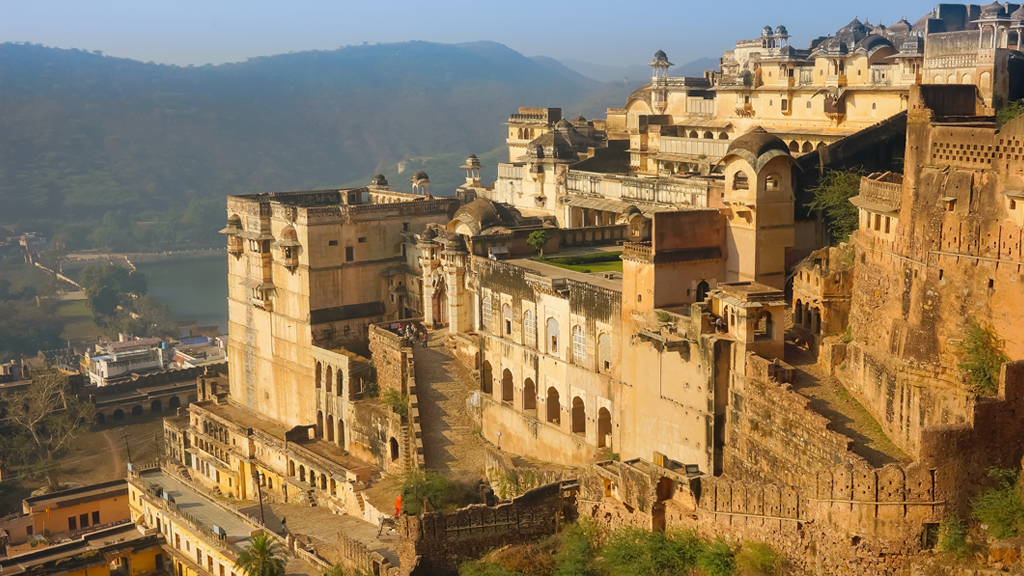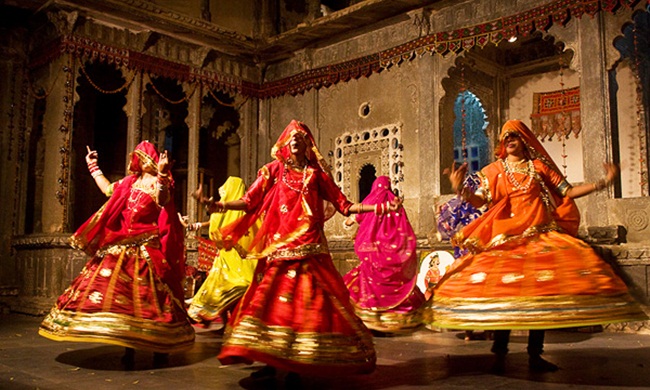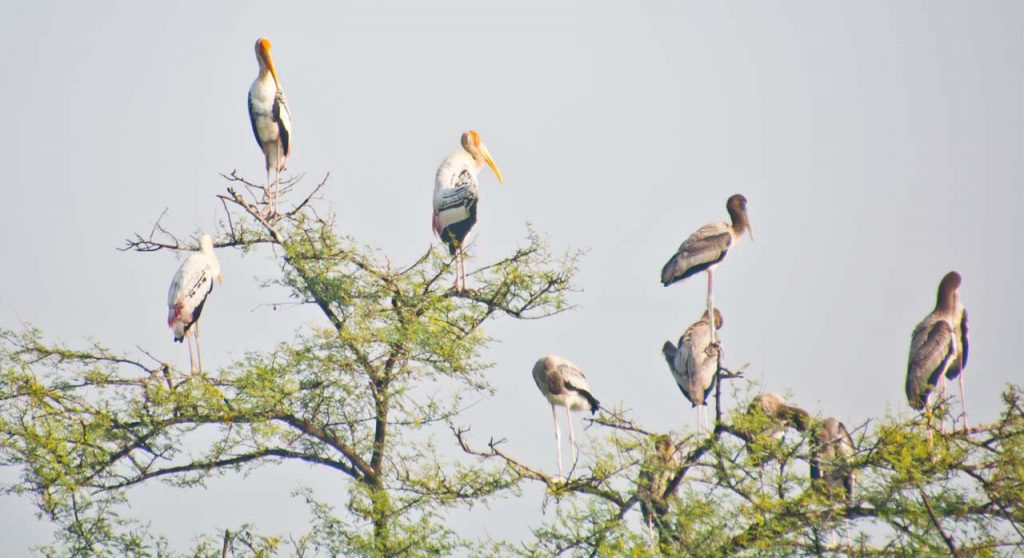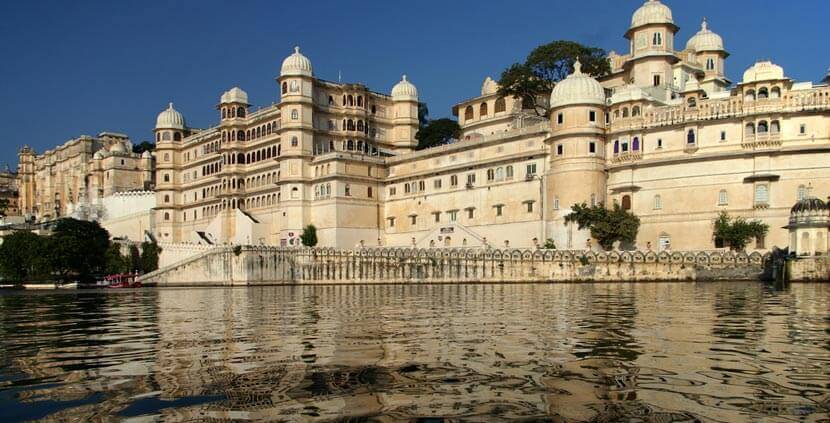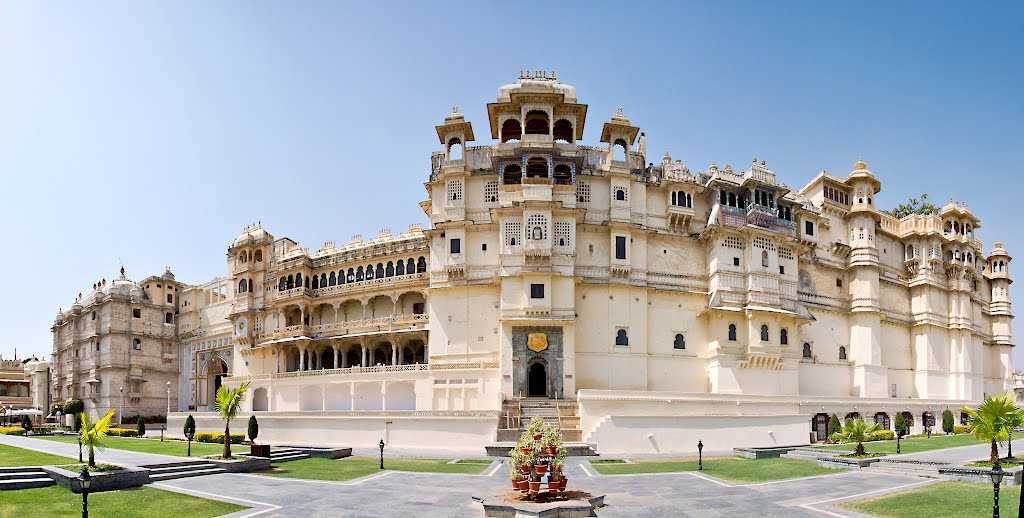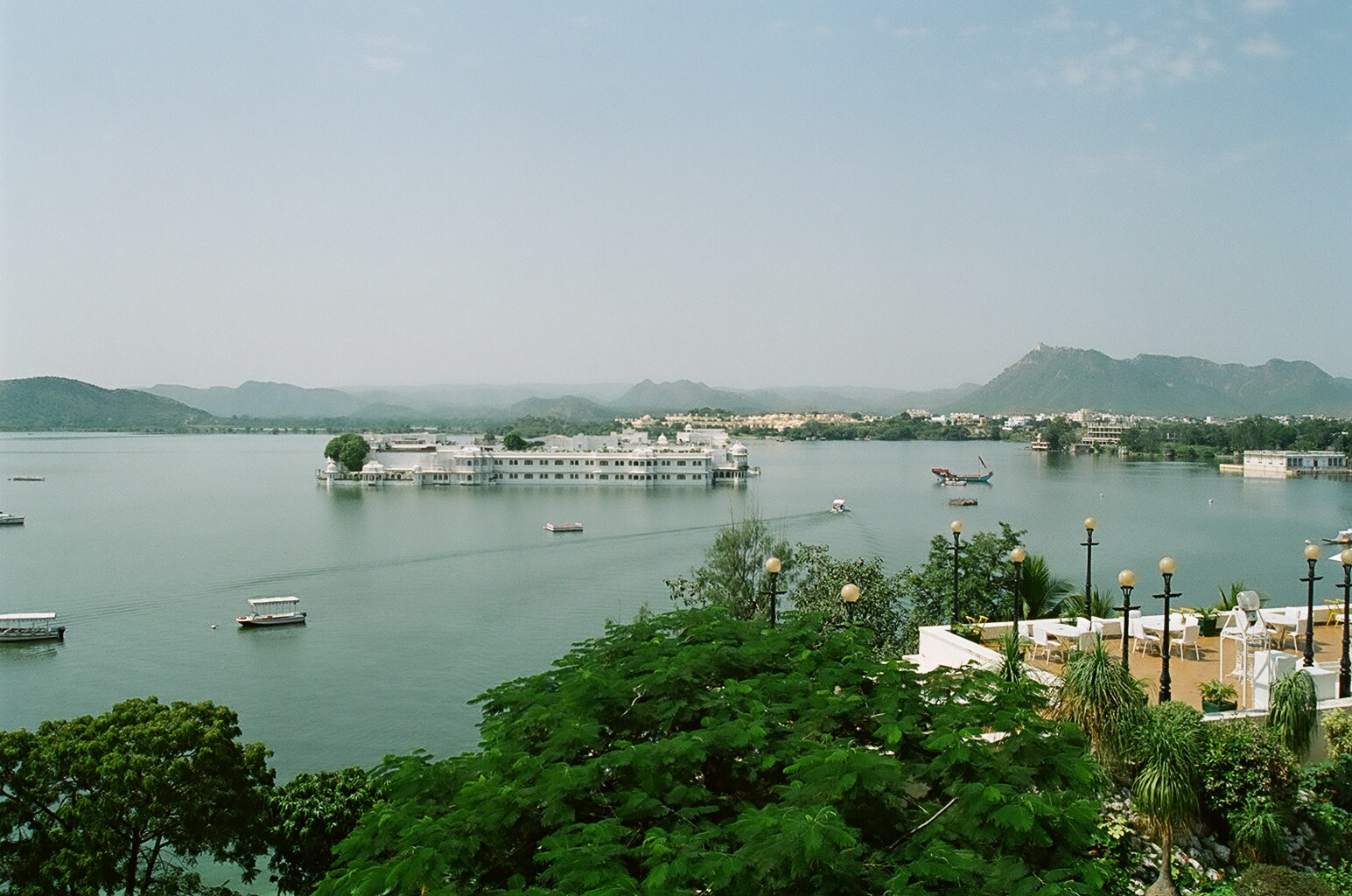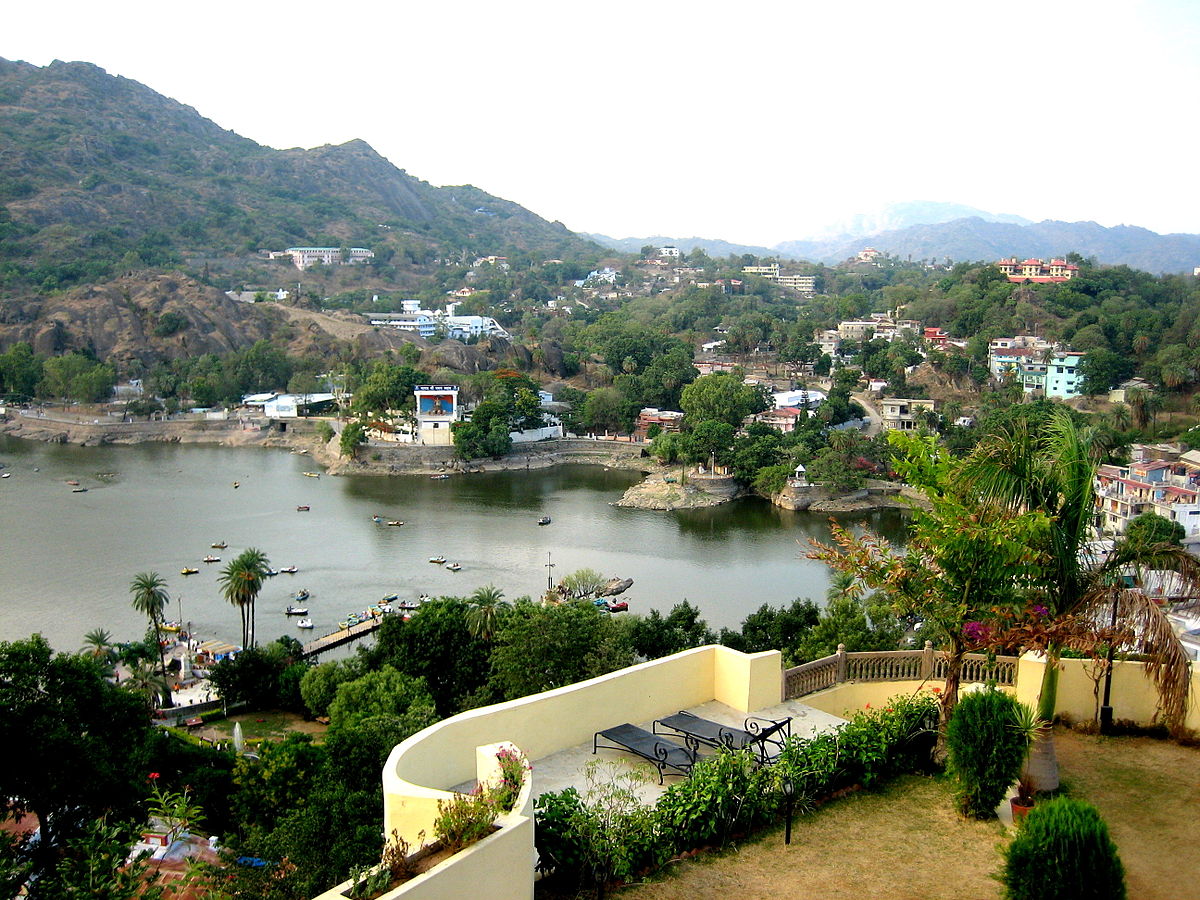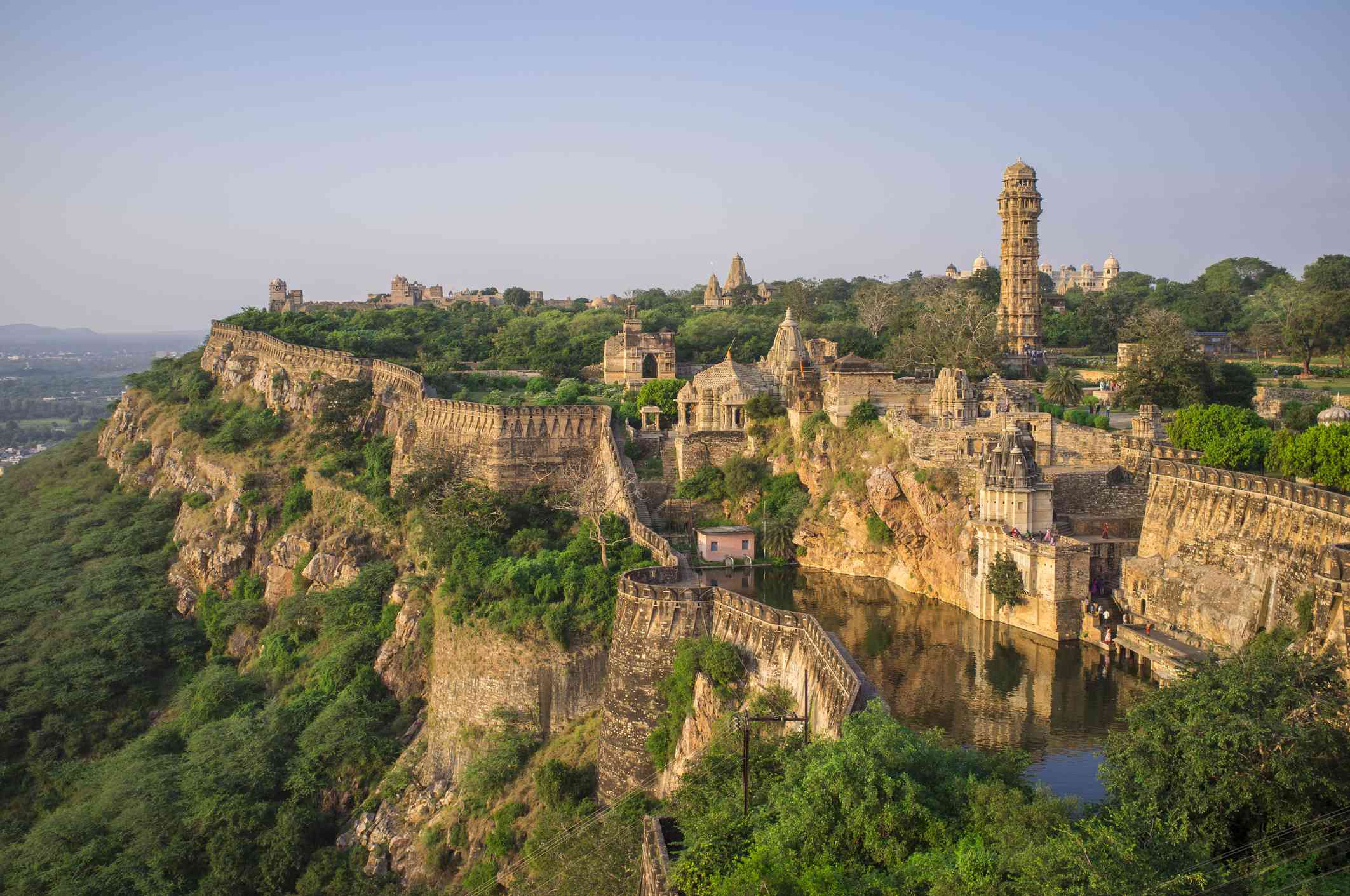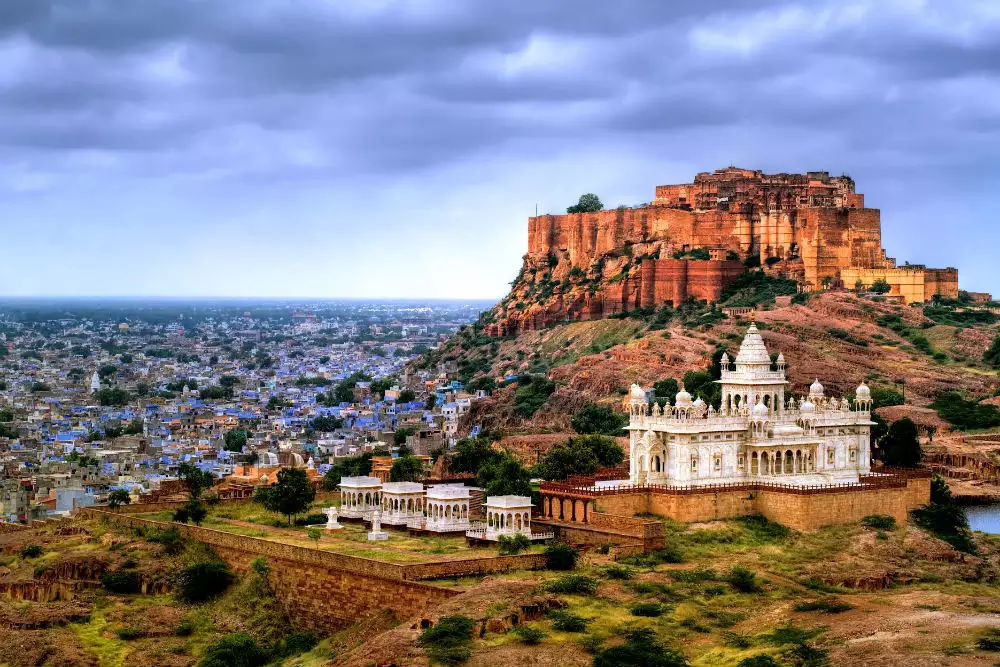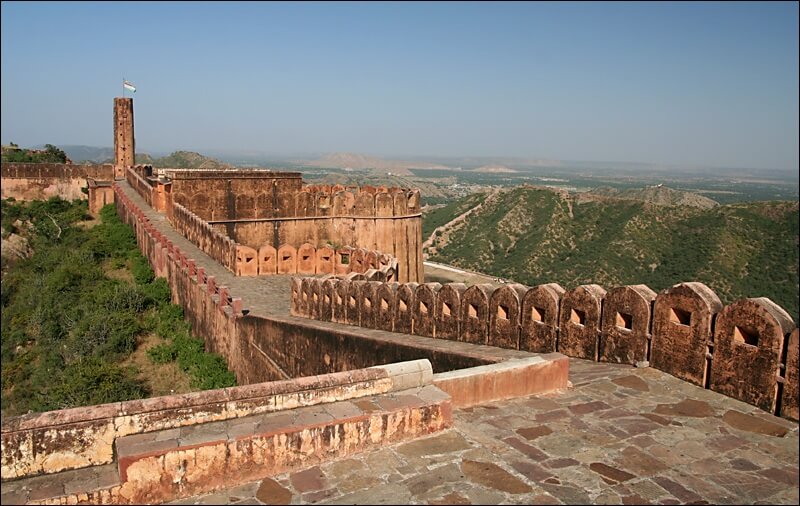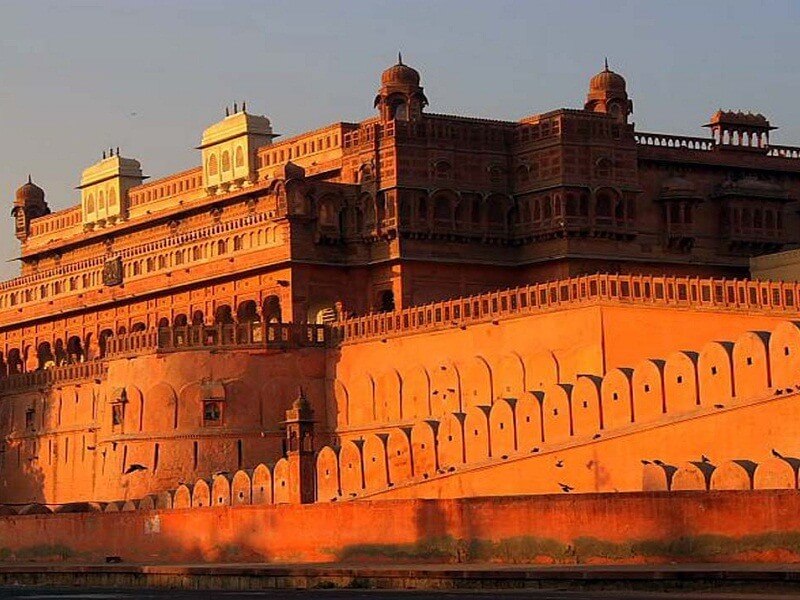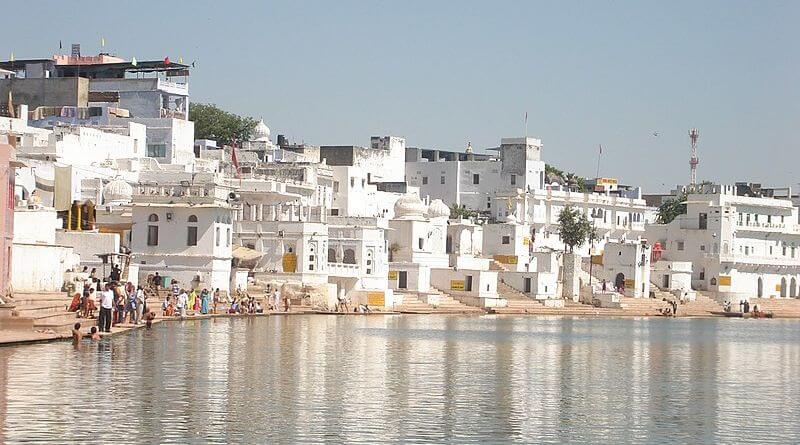- Home
- Tourism in India
- Rajasthan in India
- Chittorgarh Tourism
Chittorgarh Tourism
Chittorgarh Tourism
Quick Facts:
Country: India
State: Rajasthan
District: Chittorgarh
Founded by: Chitrangada Mori
Area: 41 square km
Elevation: 394.6 m
Chittor or Chittorgarh is one of the major cities in the state of Rajasthan, India. The city is a perfect place to experience the Rajput’s history. Spreading over an area of 41 square km, this city lies on the banks of Ghambiri and Berach rivers. The city is famous for the majestic Chittor Fort which is the largest fort in Asia and India. Chittorgarh fort is a UNESCO World Heritage Site and the fort used to be the capital of Mewar.
Update on coronavirus in India
Climate and Best time to visit Chittorgarh:
Chittorgarh experiences dry weather conditions. The best time to visit the place is from September to March when the weather is pleasant.
Summer season: Summer season remains extremely hot. The maximum temperature hovers around 44 degrees Celsius. The summer months are from April to June.
Monsoon season: The place experiences less to scattered rainfall from July to September. The maximum temperature hovers around 35 degrees Celsius.
Winter season: Winter months are from November to February. The minimum temperature may hover around 10 degrees Celsius. The weather remains pleasant and cold during this period.
How to Reach
Chittorgarh is easily accessible through road, rail and air.
By air: The nearest airport is the Dabok airport at Udaipur. It is located at around 90 kms from Chittorgarh. Udaipur airport is well connected from the major cities of India. From here one can take a cab or a taxi to drive down to Chittorgarh.
By rail: Chittorgarh is well connected through trains. The city has train service from most of the major cities of India and within Rajasthan like Mysore, Delhi, Udaipur, Jaipur, Jodhpur, Kota and many more places.
By road: The city of Chittorgarh is well connected through road. It has bus services from the major cities like Delhi, Mount Abu, Ajmer. The golden quadrilateral highway passes through Chittorgarh, connecting it to different parts of India. Chittorgarh is on the National Highway 76 and 79
History of Chittorgarh
Chittorgarh has a very interesting history. It can be said that the name Chittorgarh always defeated the invaders and fought bravely against its enemies. It stood high against all the invaders on the banks of the river Berach.
Chittorgarh Fort which was earlier known as Chitrakuta was built by Mori Rajput ruler Chitraganda Mori. According to some ancient tales it is believed that Bhima meditated here and spurted water from the ground. Now the water body formed by Bhima is an artificial tank known as Bhimlat Kund.
Bappa Rawal who was a Guhila ruler is believed to have captured the fort in 728 CE or 734 CE. But as per the legendary tales it is said that Bappa Rawal got the fort in dowry. Others believe that he captured the fort from Moris
Chittorgarh fort was sieged three times. In 1303 it was attacked for the first time by Alauddin Khalji of Khilji dynasty. He defeated the Guhila king Ratna simha after eight months of siege. It is believed that Alaudin ordered the massacre of 30,000 Hindus in the city. Later Alaudin handed over Chittorgarh to his son Khizir Khan and the fort was renamed as Khizrabad.
The fort was again captured for the second time by Hammir Singh who was a king of the Sisodia branch of the Guhilas. Again in 1535, Bahadur Shah of Gujarat besieged and conquered the fort again. Humayun took control of the fort from Bahadur Shah and later was given back to Sisodias.
In 1567, the Mughal emperor Akbar captured the fort again. A peace treaty in 1615 between Jahangir, Maharana of Mewar, Amar Singh I accepted control and the fort as well as the surrounding of Chittorgarh was given to Mewar. Later it was occupied by the British.
Places to Visit- Chittorgarh Tourism
Chittorgarh has many places of interest to visit. One of the most famous is the Chittorgarh fort.
Chittorgarh Fort: Also known as Chittod Fort is one of the largest forts in India. It is the UNESCO WOrld Heritage Site which was the capital of Mewar. It is a huge fort which spreads over an area of 280 ha on a hill. The fort is accessible through seven gates which were built by Mewar ruler Rana Kumbha.
The gates are Paidal Pol, Hanuman Pol, Ganesh Pol, Jorla Pol, Laxman Pol and Ram Pol which is the main gate. The fort houses around 65 historical structures which includes four palaces, 19 large temples, 20 large water bodies, 4 memorials and few victory towers.
Some of the massive structures of temples that are present inside the fort are mira Bai temple, Kumbh Shyam temple, Neelkanth temple, Jain temple, Adi Varaha temple. These ancient temples have intricate carvings which are really noteworthy.
Vijaya Stambha:
Also known as victory fort, this was built by Maharana Kumbha to commemorate the victory over the rulers of Gujarat and Muslims in 1440 AD. It was erected between 1458 and 1468 AD. It was built to celebrate the victory over the Muslim rulers of Malwa and Gujarat. It is a huge 10 foot long tower built in both red sand stone and white marble.
The exterior walls of the tower have carvings and the interior wall of the tower has carved images of Gods and weapons. It is a nine storey tower and each storey has a balcony protruding outside. One can get to see the magnificent view of the town from the balconies. Tourists have to climb around 157 steps to reach the top of the tower.
Padmini Palace:
This is one of the important places in the history of Rajputs. It is believed that this is the place where Ala ud din Khilji was allowed to see the reflection of Rani Padmini by keeping the mirror in such an angle.
Impressed by her beauty, Ala ud din Khilji laid siege to Chittor. Maharana Rattan Singh was killed, and Rani Padmini committed Jauhar (self-immolation) to protect herself from Ala ud din Khilji. It is built on the banks of a lotus pool and has a pavilion which provides privacy to the women of the Royal family. It is open on all days from 6 am to 6 pm.
Kirti Stambh:
Kirti Stambh was built during the 12th century and is dedicated to Rishabha, the first Thirtankara of Jainism. It is 22 m in height and was built by merchants and is decorated with the figures of Jain Thirtankaras.
On to the four corners of the Stambh are the engraved idols of Shri Adhinathji in Digambara style. It is located inside the fort. The Stambh has narrow steps which lead to seven storeys on the top. On the top floor there is an observation hall which gives a magnificent view of Chittorgarh city.
Rana Kumbha’s Palace:
It is a ruined palace in the fort. It is a very massive structure in which Rani Padmini is believed to have committed the Jauhar. It also has underground cellars. The palace is the birthplace of Maharana Udai Singh who founded Udaipur.
Meera Bai temple:
This is the temple where Meera Bai (who is the ardent devotee of lord Krishna) worshiped lord Krishna. The Bhakti movement also started. The temple is on a raised floor and with a conical roof. It is built in North Indian style of architecture.
Fateh Prakash Palace:
Fateh Prakash Palace is within the Chittorgarh fort and was built by Maharana Fateh Singh. It served as his residence. The palace is relatively built-in modern style with Rajput architecture. The palace has various paintings of different kings of Rajasthan.
The palace has many statues of Jain Ambica and Indra, arms, weapons, ancient shields used by the soldiers, costumes of the royal family and crystal ware. The palace has a huge Lord Ganesha idol which is very ancient and could belong to the 8th or 9th century. The museum in the palace has a large collection of crystal ware items, rare sculptures, paintings and many other items of the royal family.
Kalika Mata temple:
It is an ancient temple built during the 8th century. It is dedicated to Goddess Kali. When the temple was built in the 8th century it was dedicated to Sun God, later it was converted to Goddess Kali. The temple was partially destroyed during the fight in Chittoor. It was later revamped by Rana Kumbha. The temple attracts a large number of crowds during Navratri festival.
Gaumukh Reservoir:
It is a deep tank inside the fort which is fed by spring waters. It was the main source of water during various sieges of Chittorgarh. The spring water comes out from the rock which resembles a cow's mouth. Gaumukh Kund is considered holy by the Hindus as the water keeps flowing from the mouth of cow shaped rock into the Kund of the reservoir.
Rana Ratan Singh Palace:
Maharana Ratan Singh II was the son of Rana Sanga. It served as a winter palace which is located within the Chittorgarh fort. It is facing a small lake and is a massive construction with chattris and archway. Ratan Singh built this palace between 1528 and 1531 AD.
Towards the northern side of the entrance is a temple dedicated to Ratneswar Mahadeva temple. The palace is enclosed by huge walls as a protection from the enemies.
The most important feature is the lush green garden around the palace. The upper level is one of the best places to view the magnificent sunset. The palace is open from 10 am to 6 pm on all days except Friday. It is closed every Friday.
Rana Kumbha Palace:
It is in ruins now, but it is one of the most striking of historical and architectural importance. The entrance gate to the palace is at Vijaya Stamba. The palace had elephants, horse stables and a temple dedicated to Lord Shiva.
It is believed that Maharana Udai Singh who was the founder of Udaipur was born here. The palace is built with plastered stone and has canopied balconies.
One can enter this palace through Suraj Pol which leads to courtyards. It is further believed that this is the palace where Rani Padmini along with other women committed Jauhar in one of the underground cellars
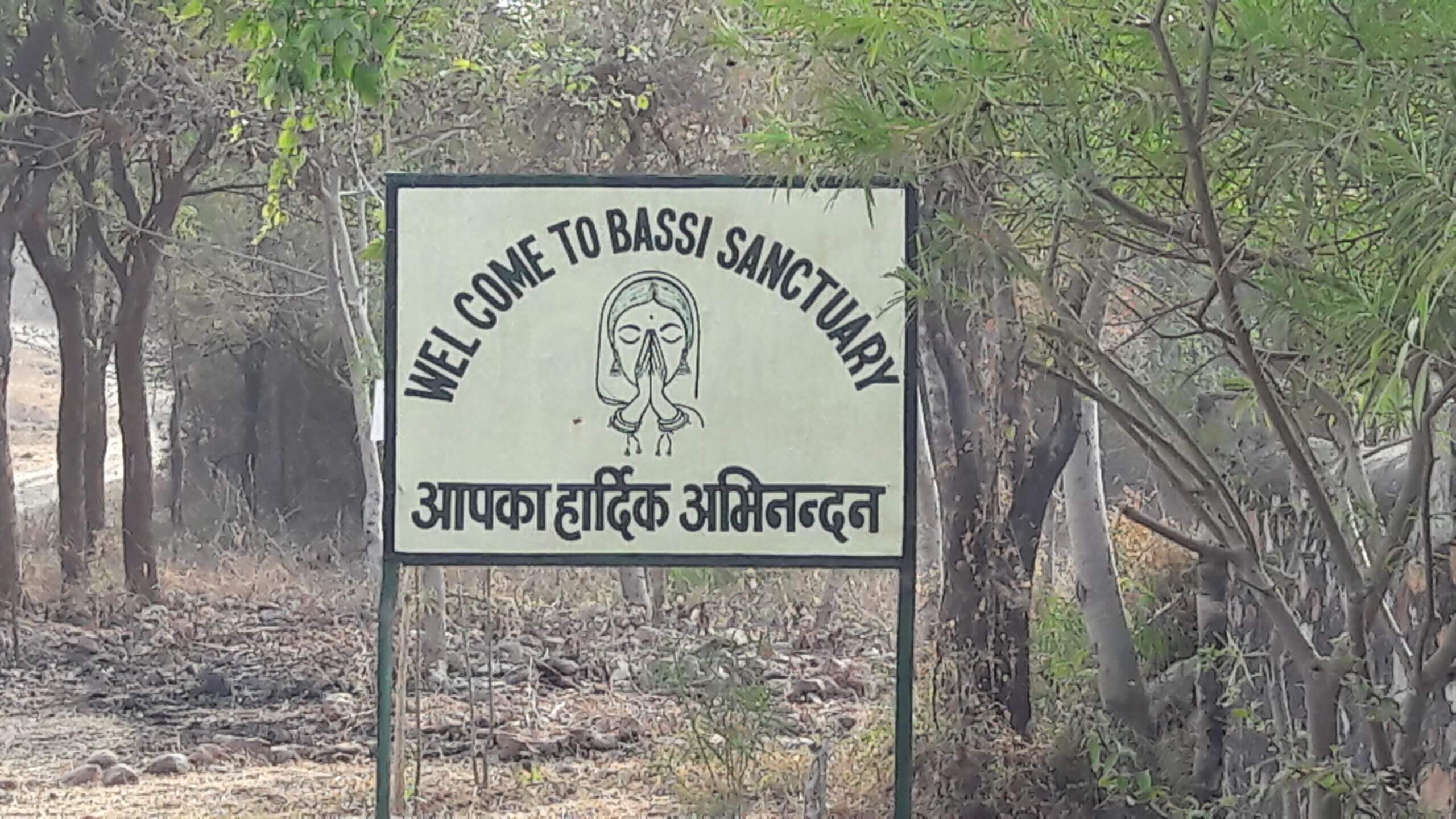
Bassi Wildlife Sanctuary:
It is located in Chittorgarh just around 5 km from the Bassi fort palace and around 35 kms from Chittorgarh fort. It was established in 1988 and covers an area of 15,290 hectares. Some of the fauna that are found here are wild boar, Panter, blue bull, Chinkara, crocodile, fox and many more.
The sanctuary is one of the important places for the migratory birds throughout the year. The forest has dry and deciduous trees like Dhok, Churel and Butea.
Sita Mata Wildlife Sanctuary:
It is located at a distance of around 93 kms from Chittorgarh fort. It was declared as a protected area by the government of Rajasthan in 1979. The land is not flat and is undulating due to the joining of three different formations Malwa Plateau, Aravali mountains ranges and Vindhyachal Hills.
The sanctuary is rich in flora and fauna . Some of the prominent flora found here are peepal, neem, siras, churali, gulmohar, bakayan ashok, goondi, kumta and many more.
Some of the fauna and birds that are present here are wild boar, leopard, Bengal fox, hyena, sloth bear, grey headed flycatcher, white necked stork, spoonbill, king vulture, towny eagle, brown rock chat, deer, nilgai and many more.
Chittorgarh is one of the important tourist places to visit.
Affiliate Disclosure:
If you make any purchase via a link on this site, I may receive a small commission with no added cost to you.
